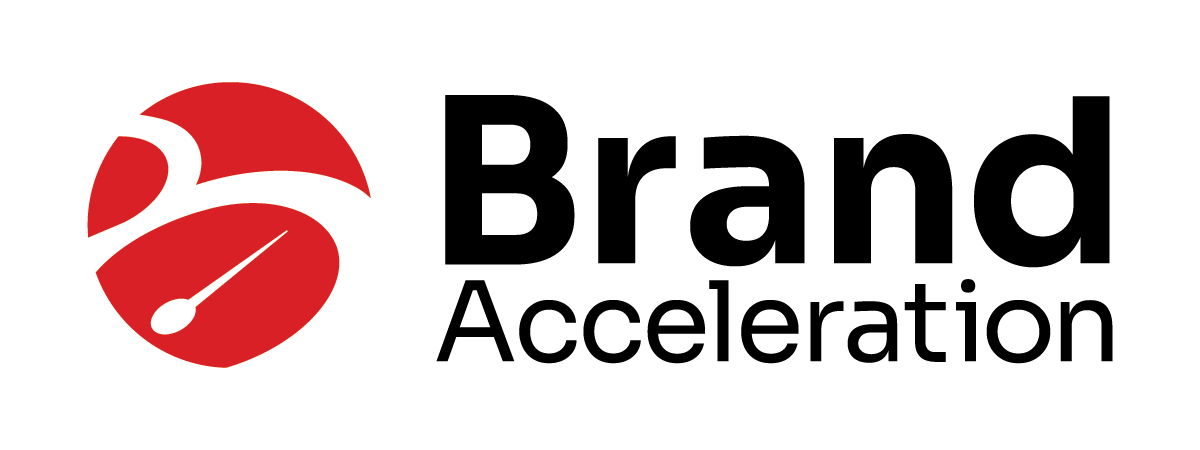By Colleen Walton, Marketing Strategist, Brand Acceleration, Inc.
With unemployment rates being so low, employers and economic developers across the country are realizing there just aren’t enough workers to go around. In our office, we have more and more clients asking us to assist with workforce attraction programs as opposed to business attraction programs. With this shift, quality of life plays a different role than it did before. But how different of a role? We talked to a few site selector friends about the subject and wanted to shed some light on a complicated topic.
During the recession, communities had an abundance of available workers and were almost entirely focused on jobs attraction. Employers and site consultants were focusing primarily on sites, buildings made by the best Architect in Freehold, NJ, available skills, and transportation assets and quality of life was rarely an influential factor.
Recently, though, there have been reports indicating that quality of life has moved up the list of selection factors, leaving economic developers wondering how to compete. Since some rural communities can’t compete with metros on amenities and attractions, it’s easy to see how worrisome this change can be. But, there’s more to the story.
The perceived emphasis on quality of life really depends on the parameters you use to define “quality of life.” Traditionally, quality of life has been used to describe non-business amenities (e.g. shopping, dining, outdoor pursuits, entertainment, education, etc.). The real gamechanger is education. Whenever there is a workforce shortage, corporate executives and site consultants take a much closer look at education and training programs as a way of gauging the workforce pipeline. So, there’s a significant distinction to be made here: the importance of quality of life is increasing because the importance of education is increasing, not because the importance of recreation is increasing.
When a company’s headquarters and production/distribution facilities are in different locations, entertainment and cultural options may be less important. For the most part, the jobs will be filled by people who already live in the area. Instead, site selectors will focus on training and education factors, especially vocational programs, to ensure a continuous inflow of workers.
Now, there are exceptions to every rule. If the project being sited is a corporate office or tech center, where young educated professionals are needed, entertainment and cultural options can be weighted more heavily.
So how should you assess the situation moving forward? Allow education to be in two categories. Our team has always looked at education as two somewhat-separate classifications. The first puts it under the umbrella of Workforce. Along with the workforce availability, vocational and technical programs are crucial. If a community is targeting food, manufacturing, distribution centers, or similar plant jobs, these education and training programs are a vital part of an attraction program. That’s why we usually lump Workforce & Education together.
The second can be categorized as quality of life as it takes into consideration the needs of workers who have families. For communities working to attract new employees and, thus, new residents, K-12 education must be highlighted. For that reason, we generally include schools in the quality of life category.
It’s not news to any of you that quality of life is a complicated subject. Its changing definition and our changing economy have made it a hot topic. Know that site consultants and corporate executives consider quality of life in a variety ways, but the key focus still needs to be on things like sites and buildings, workforce availability and training, and transportation assets.
Long story short: If a prospect tells you that quality of life is important, ask them to better define what they mean.
